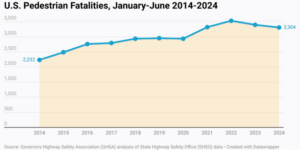“Disruption,” “innovation” and “analytics” are three of the trendiest words in the popular press today. PwC’s “18th Annual Global CEO Survey” shows that nearly 70 percent of insurance CEOs are concerned about changing customer behavior and distribution channels disrupting their industry.
The insurance industry is often accused of not being innovative or seeing when and from where disruption is coming. However, there are three primary individual and organizational biases that typically hinder us—regardless of employer—from seeing or acting on disruptive ideas:
Executive Summary
Do you want to be a disrupter, a fast follower or part of the status quo? Anand Rao of PwC outlines some approaches insurers can use to overcome their innate bias toward risk. Status Quo Bias: Over the past couple of decades, behavioral economics has documented human bias toward the status quo. This individual bias manifests itself at the organizational level, as well—very seldom do organizations willingly want to change—and change usually occurs because of external factors.
Risk Aversion: Evolution has programmed us to avoid risks. The amygdala, the integrative center for emotions in the brain, inclines us to avoid risks. This individual trait carries over to most institutions, except for the few that deliberately have been designed to be risk-seeking. By their very nature, most insurers are very careful about which risks to take.
Self-Serving Bias: People often conflate what is fair with what benefits oneself. Similarly, we are open to making by gut instinct decisions that favor ourselves.
These biases exist in almost all people and organizations, but some individuals, organizations and business sectors have learned to consciously defy them. Some approaches they’ve used to overcome these biases and change their own mindset include:
Enter your email to read the full article.
Already a subscriber? Log in here


























